The “Who,” the “What,” and the “How”
Participatory theatre goes beyond how shows are made—it’s also about who is in them, which has an effect on what they are about. The Fan Man or How to Dress an Elephant (FM), by En Dynamei Theater Ensemble from Thessaloniki, Greece, is a work devised by disabled and able-bodied actors and non-actors. It is about institutional bullying of the disabled, how everyone in society is different, and how this difference should be accepted and stands out precisely because the “who” affects the “what.” I have never seen a work before where time is given for the actors to hit their marks or say their lines in a meditative manner. It’s not patronizing, nor does it emphasize difference. According to Eleni Efthymiou, the show’s director, this choice is about giving everyone the space they need on stage and encouraging them to work together in an equal way, because they all have the same aim—to act well. Ego doesn’t play a role. “Participatory theatre is political in the way in which you choose to do it,” said Efthymiou. That is certainly clear with this show.
Then there are artists who refute the term “participatory” as a descriptor of their shows. Mohamed El Khatib, director of Stadium, which was showcased at the festival, does not see himself as someone who makes work in this genre, but says that, for democratic reasons, he prefers “having people talk for themselves, especially the working classes.” Stadium, a kind of documentary theatre, puts the football fans of Racing Club de Lens up onstage to tell stories of their lives as supporters of the team. Lens is a community in Northern France that was abandoned by successive governments after the demise of the mining industry, leaving its citizens in poverty. By involving real-life fans in the show, El Khatib brings to life their stories about unemployment, solidarity, and team spirit in an unfiltered account of “sociological and human truth.” In the director’s words, allowing the citizens to speak for themselves is “a form of symbolic fixing for the people who have been broken by the system.”
Festivals such as Our Stage and participatory theatre in general highlight the debates being had around process—a show’s developmental journey, be that devising, improvising, etc.—and its aesthetics.
El Khatib did admit that in one performance he spontaneously invited the show’s tour bus driver to come onstage and take part without any preparation. “Very few theatre companies would have done this,” he says to me. “They think in a more classical way.” While he may say he does not see his work as participatory, what could be more so than this?
In one of the festival’s standout pieces, Fix and Foxy’s A Doll’s House (ADH)—which I’ve written about extensively—the “who,” the “what,” and the “how” begin to conjoin. For director Tue Biering, theatre is a “perfect hostage situation where the audience is trapped in the courtesy of theatre.” This production of ADH stretches that idea—and Ibsen’s realism—to its breaking point by having non-actors take on the roles of Torvald and Nora and perform, in front of an audience, in their own home. Moving around their space and watching their real-life relationship play out alongside the characters’ relationship, the play’s themes took on a modern societal context. The exercise also allowed the two non-actors to make personal reflections about their own private lives.

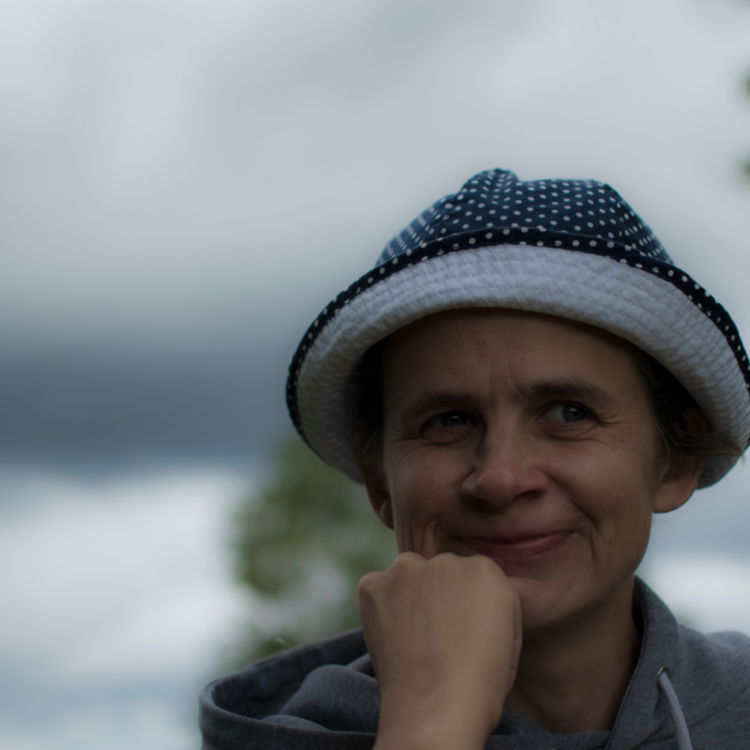
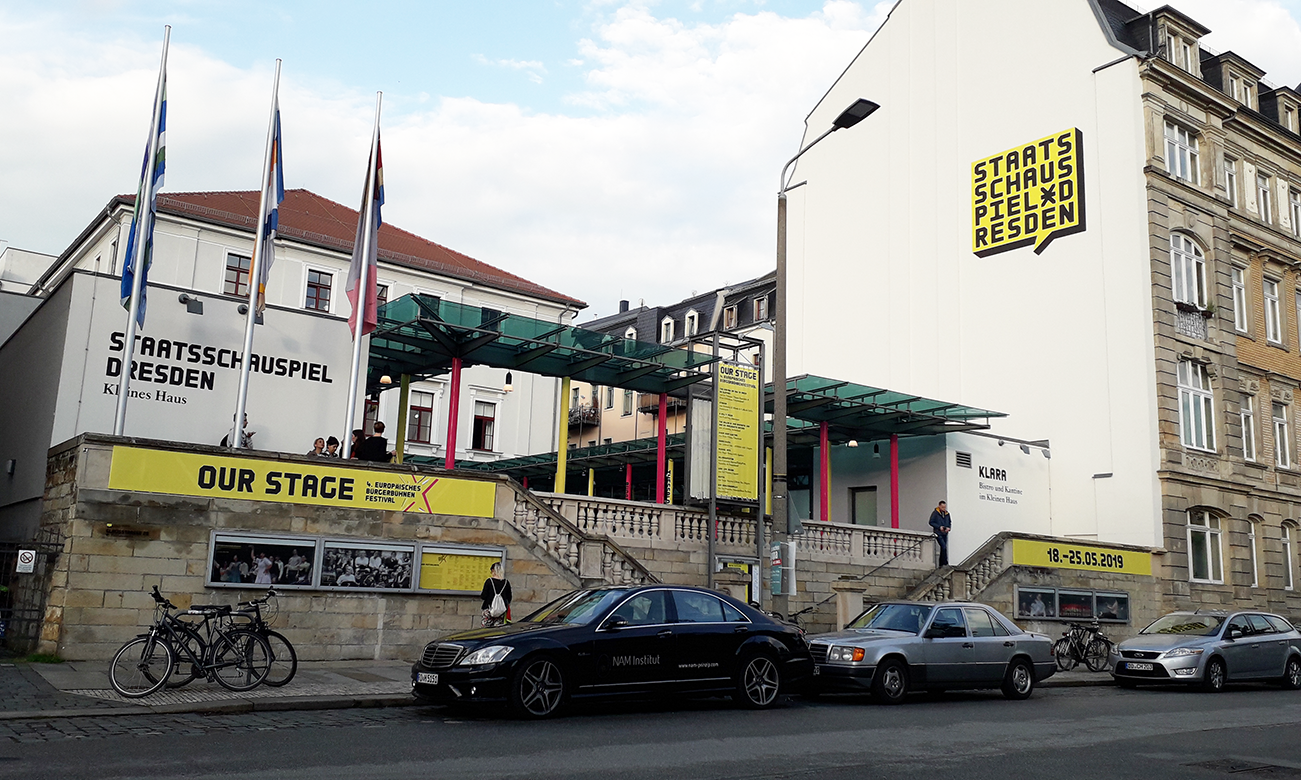
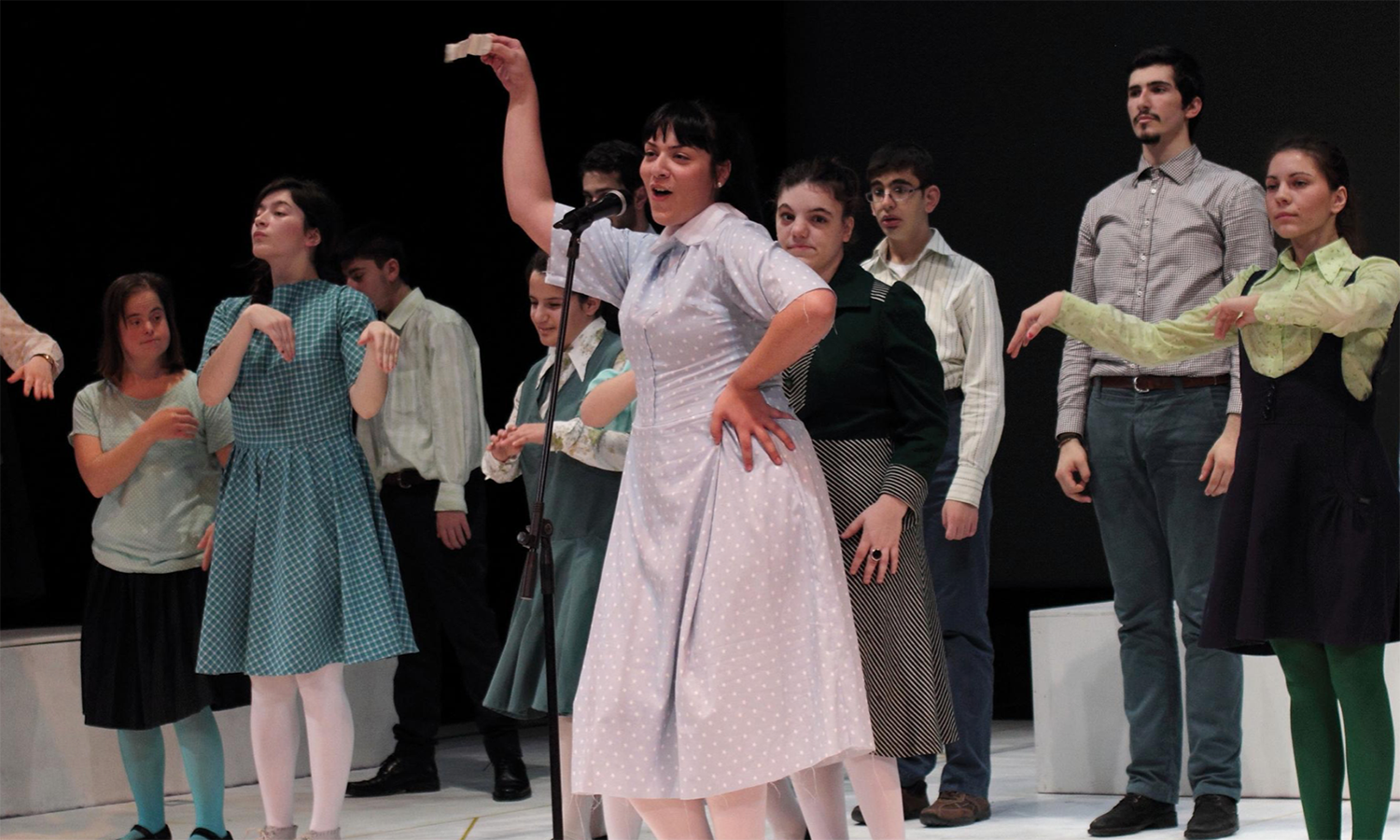


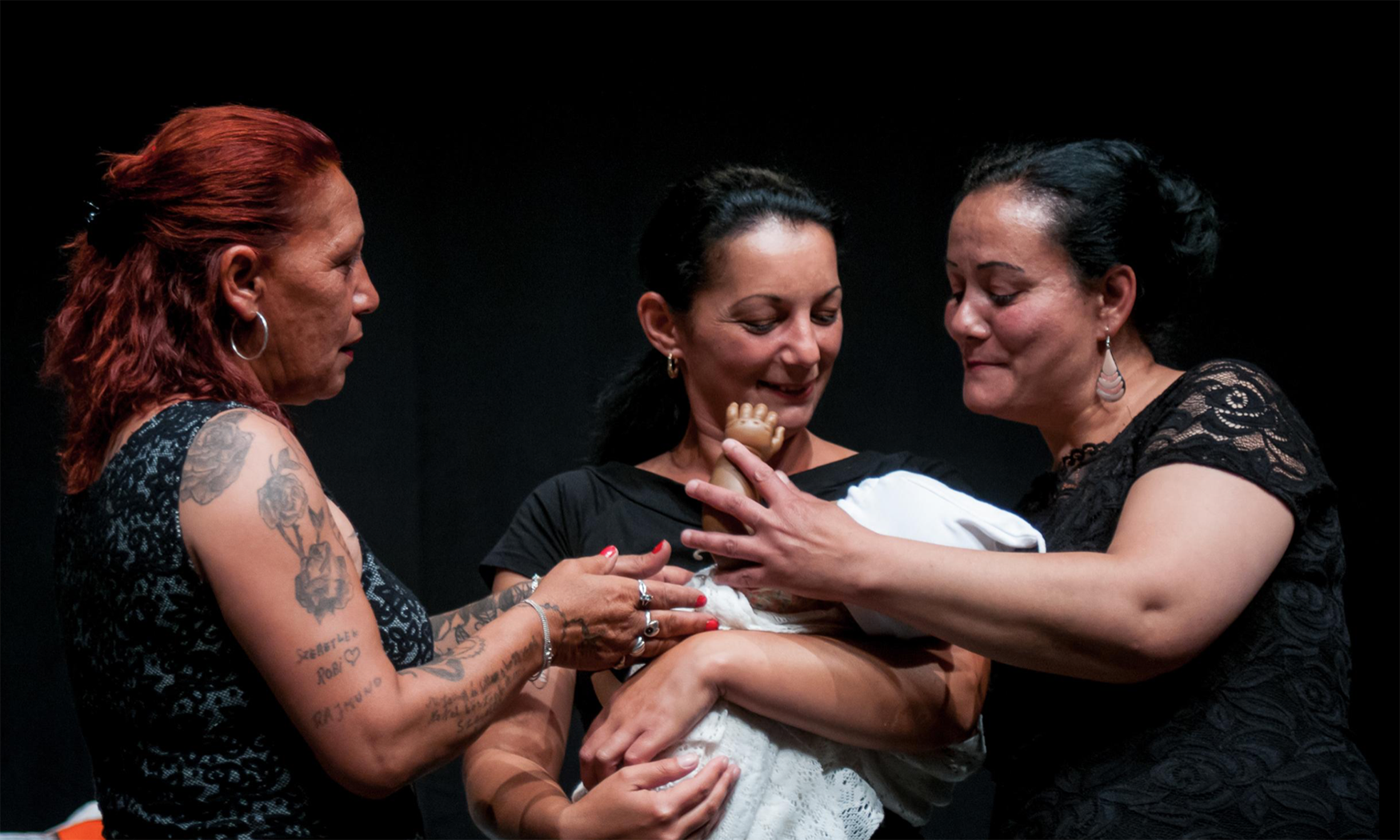
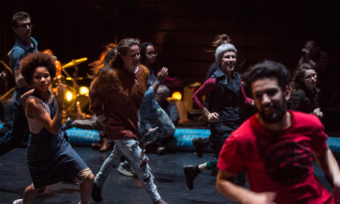

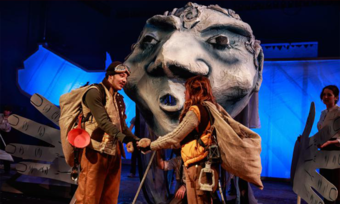

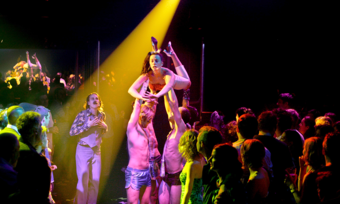

Comments
The article is just the start of the conversation—we want to know what you think about this subject, too! HowlRound is a space for knowledge-sharing, and we welcome spirited, thoughtful, and on-topic dialogue. Find our full comments policy here
Whilst Sharkey loves great playwrights and thinkers, as indeed I do, he says the place of the playwright is definitely changing. Here he means that a playwright’s role in the broader theatre world—not just in participatory theatre—is shifting from being the sole author of a piece to someone who arranges material that is devised or found by others; a sort of dramaturgical role.
This really stood out to me. I want to see this from more writers in the future, if current institutions can find space and time for this type of work. And I hope they do.